Up Next

The contrasting fortunes of Haas’s two Formula 1 rookies this season were more evident than ever across the peculiar situation of racing at the same track two weeks in a row.
During the course of the Austrian Grand Prix weekend, the second of two at the Red Bull Ring, Nikita Mazepin admitted to “feeling quite lost” and, after qualifying, reported “one of the most upsetting days” and “the lowest point so far” of his season.
Mazepin can be unflinchingly blunt when he is unhappy. Still, this was a particularly grim assessment. It reflected an underlying frustration with both the wider narrative of his season and the feeling of stagnation while others including team-mate Mick Schumacher made bigger strides weekend to weekend.
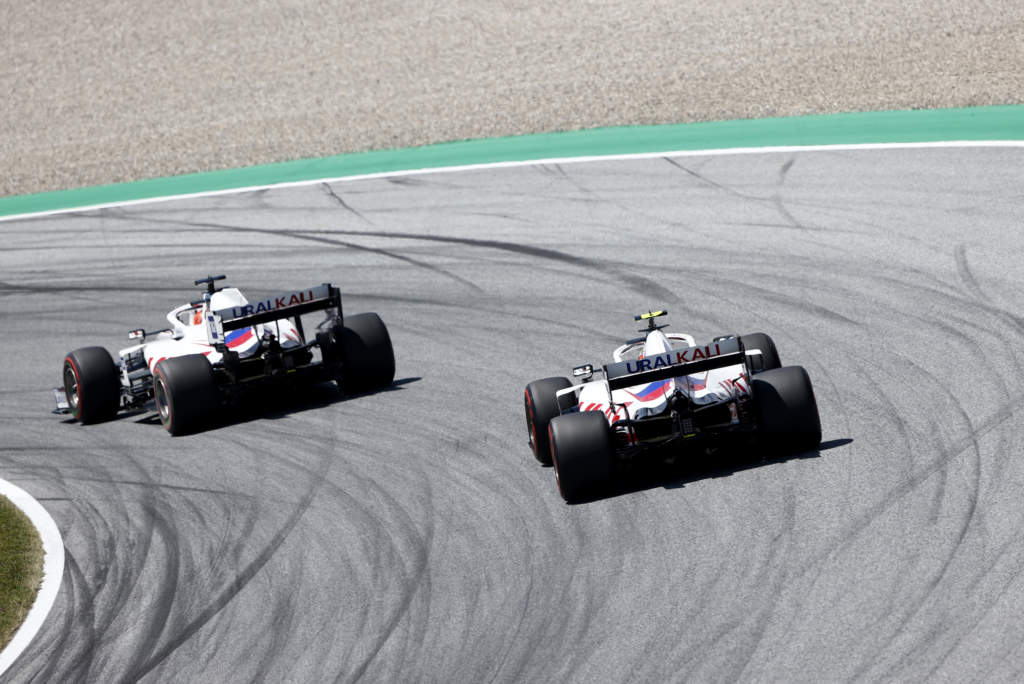
Austrian GP qualifying marked one of Mazepin’s worst deficits of a season in which he is being whitewashed by Schumacher on Saturdays (discounting Schumacher’s non-appearance in Monaco qualifying).
Last weekend he was just over half a second slower, which around the short Red Bull Ring lap equated to 0.795%. Only the Bahrain season opener (0.883%) and Spain (0.865%) were worse.
“It’s the lowest point so far this season,” said Mazepin afterwards.
“I’m trying to drive the balance to the best I can, but the car that I have doesn’t suit me and
I’m not happy with the set-up because it’s too nervous and in order for me to keep it on track I don’t have the confidence, and each corner feels very different.
“Today’s probably one of the more frustrating days or maybe the most upsetting days I’ve had in Formula 1.”
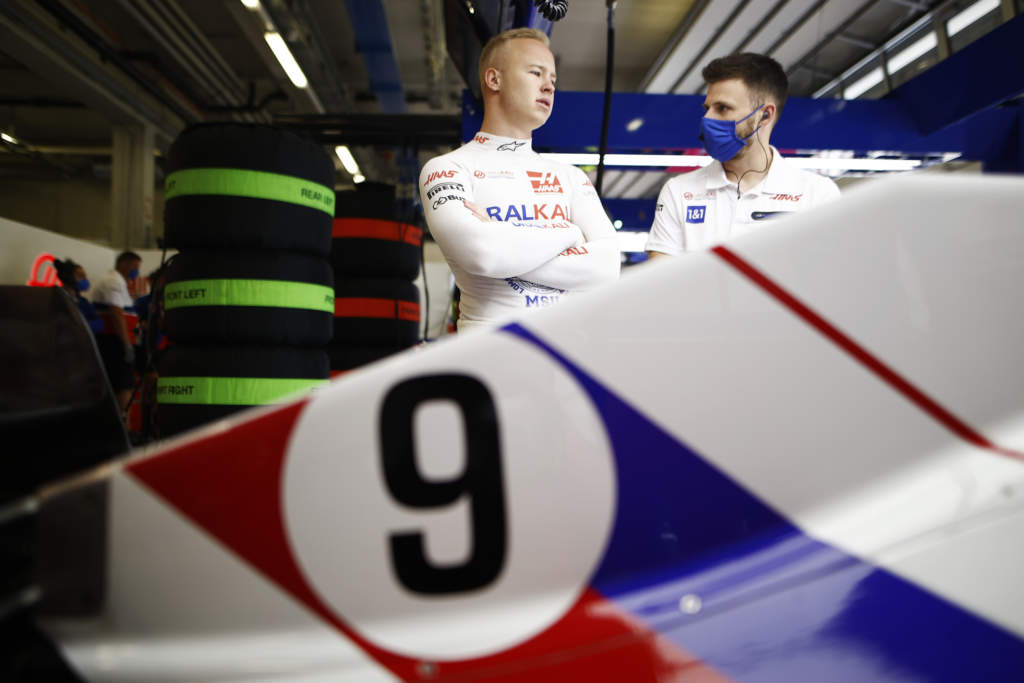
Haas’s plight is well-established. Its 2020 car wasn’t developed in-season and this year’s is effectively a complete carry-over pretty much with the exception of work done to adapt to the new floor rules. The VF-21 isn’t being updated during the year either.
So it started from a lower base than other cars and it’s not being improved. As rookies, Mazepin and Schumacher were on a hiding to nothing. But Schumacher has handled it far better and a big part of that appears to be Mazepin’s issue with the car’s inherent rear instability.
While Schumacher is able to focus on taking the car as close to its limit as he can, Mazepin seems quite some way from that. It’s a big part of why Mazepin has the worst average team-mate deficit of anyone this season.
Worse still is when he tries to make adjustments to mitigate that car characteristic, he doesn’t find any joy: “We try to find things that the car just doesn’t have and then we get in a place which is quite hopeless.”
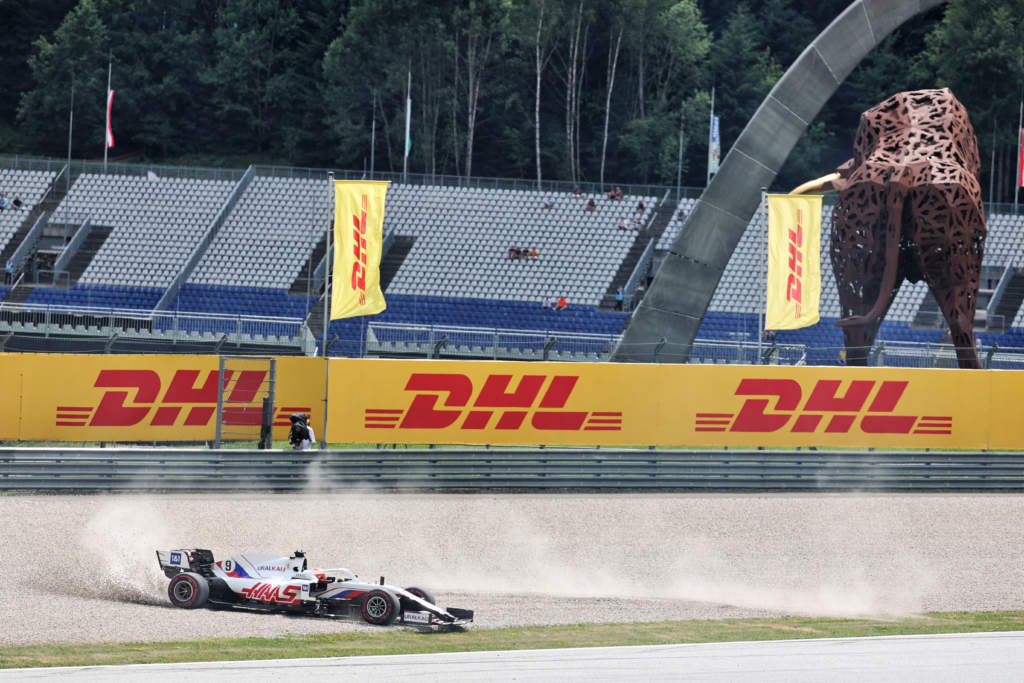
Mazepin seems to be heading down blind alleys. Asked on Friday at the Austrian GP about the set-up experiments trialled the previous weekend, he said: “Being truly honest, they are rather extreme and they are quite frustrating because this car is probably one of the most difficult aero packages that I’ve ever driven and the issue with the set-ups is they don’t really make sense with the feedback they give.
“And therefore I am quite lost in that respect because coming from junior formulas, more aero balance means more oversteer, but in F1 that definitely doesn’t mean that. The different way the tyres work during the lap, all sorts of things that affect the warm-up.
“So I don’t want to be too worrying, but it’s quite extreme and it’s not very straightforward.”
There seem to be a few factors at play here: Mazepin’s struggling with the car’s fundamental behaviour, there’s no net benefit to the changes being made to try to calm the rear down, and he also – by his own admission – has been caught out by the complexity of modern F1.
“I’m very new in Formula 1, I’m still discovering those things that in Formula 2 would not have been so important,” he said.
“But I think Formula 1 is such a high performance environment that I’m just coming to realise that it’s a lot more complex than I would have imagined going into this year, in the technical side of things.”
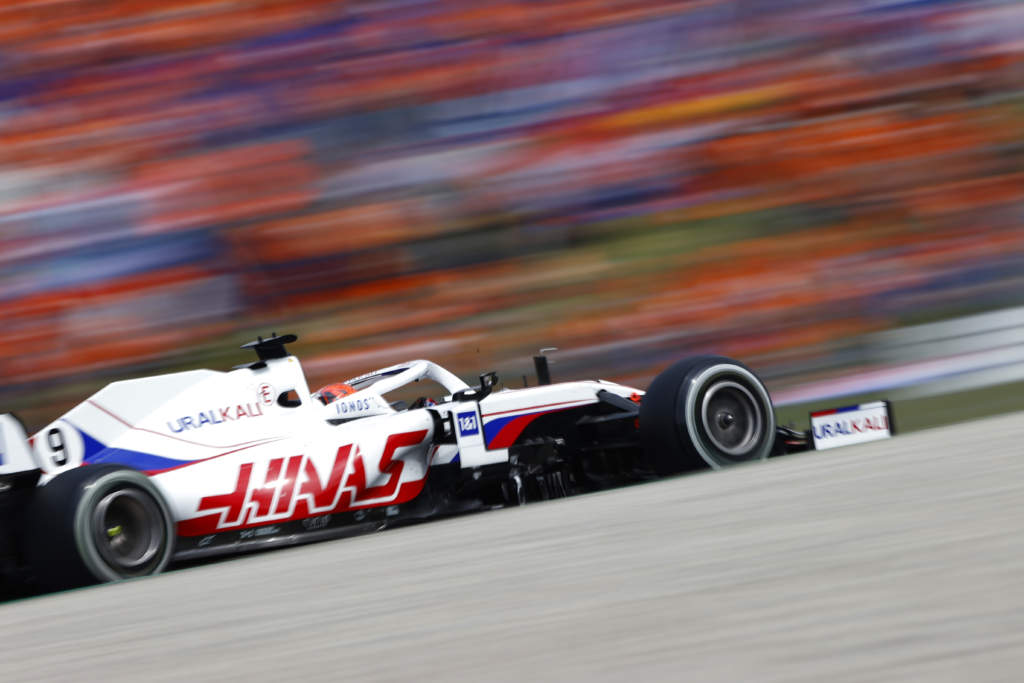
Underlining Mazepin’s state of stagnation is how negatively he viewed the second weekend in Austria. Schumacher made great gains – more than anyone week-to-week – and waxed lyrical about the benefits of being back at the same circuit.
Rookies don’t normally get a second crack at the same venue until a year later so in a way this could have been a hint of their sophomore levels, a chance to build on the lessons of the previous week rather than move on and have to start the process all over again at another track.
Schumacher put that theory to good use by hauling himself onto the back of the midfield in qualifying. Mazepin barely shifted, admitting that the second weekend hadn’t been “very beneficial”.
“We’ve got into a certain place in FP2 and we haven’t changed it since,” Mazepin said.
“Most of the time this weekend, we’ve been running the same thing. But two weekends in the same place is really frustrating for me, because I think I’m quite good in terms of my ability to start quite fast, and then the more laps people around me do, the more comfortable they get.
“But I stay where I stay, because I’m not able to drive this car faster, because I’m not comfortable with it.
“Second weekend in a row, I’ve only gone backwards. It just shows that I started in a decent place and the more time people have, the more they find and we don’t.”
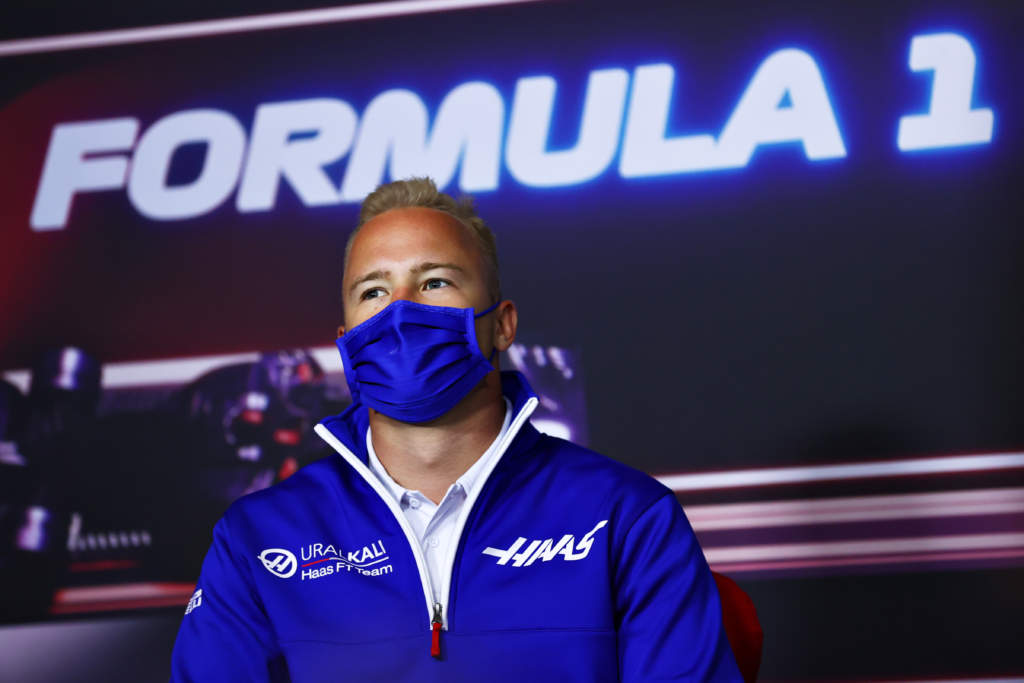
Qualifying’s producing eye-catching numbers in Schumacher’s favour but that’s only half the story.
With the exception of Monaco, where Schumacher was slowed by a problem and had to move aside, Mazepin has not beaten his team-mate in normal circumstances in a grand prix and often finishes the races a long way adrift.
A significant contributor to this is that Mazepin sheds an awful amount of race time being lapped, far more than Schumacher. It’s being shrugged off as one of those things – unfortunate timing in terms of where he gets caught, and by how many cars, and then his stint is totally compromised having to jump out the way and letting his tyres get dirty and cold.
None of that is untrue but it also applies to Schumacher, given he’s driving the same car. Yet Schumacher does not suffer nearly as badly. And this is definitely a blue-flag phenomenon because Mazepin often runs quite competitively against Schumacher in the first stint but then gradually slips back as they get lapped.
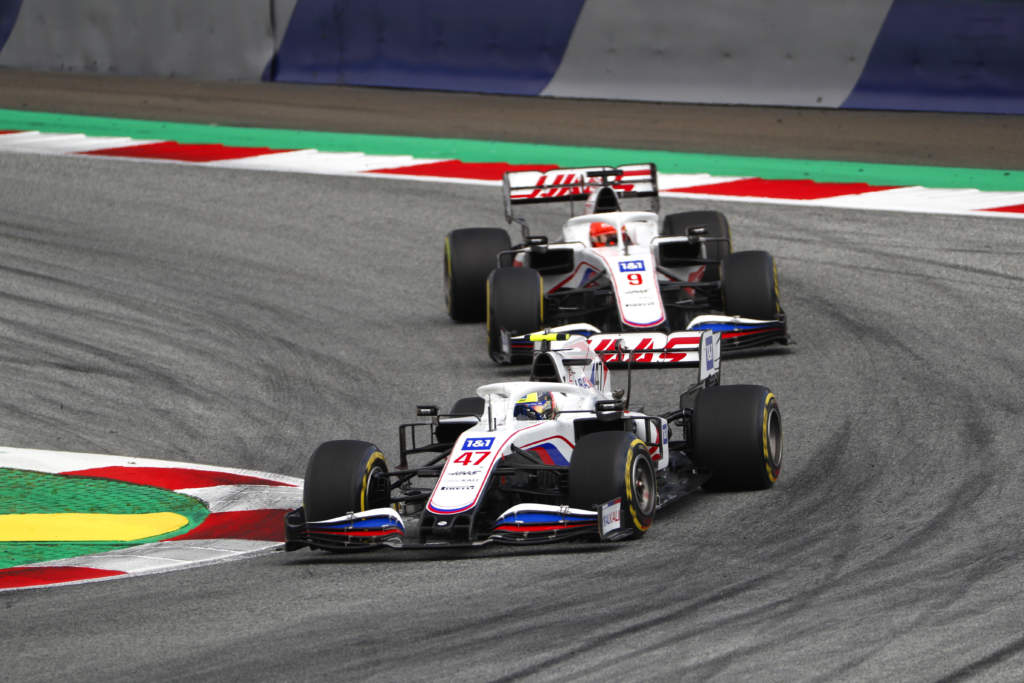
Part of that will be down to Mazepin simply being first in line to move aside which means he gets sucked into the vicious circle first. That, to a degree, is unavoidable.
But in the Styrian GP, having run behind Mazepin for the first half of the race, Schumacher was so quick in his second stint that he managed to avoid being caught by a huge gaggle that quickly swallowed up Mazepin – and the net result was Mazepin falling away by more than half a minute in around 20 laps.
So this will also be down to Mazepin simply needing to be quicker. If there was nothing either driver could do then their troubles would be identical in this area but they aren’t, it’s quite clearly lop-sided.
That brings us back to the underlying problem. Unsurprisingly, ‘being faster’ solves a lot of ills in F1. Mazepin’s clearly trying to achieve that but the past couple of events have highlighted the extent of the difficulty he’s facing.
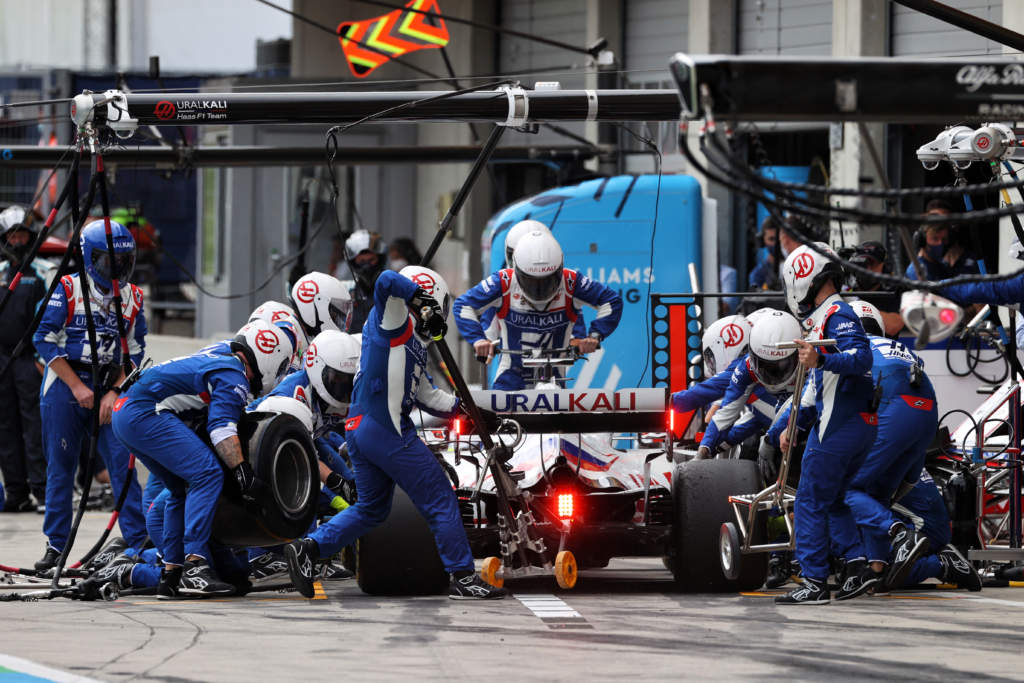
There are a couple of areas he’s seeking improvements. First is that he thinks he can improve his communication with his engineering team. Mazepin’s well-educated and has driven several F1 cars, racking up thousands of kilometres, so he should have a good understanding of what one responds to. For some reason that’s not quite happening in his current situation.
“I probably need a bit of engineering classes because I’ve always approached it as a driver does his job and the engineer does theirs,” he said.
“But I think at the moment we speak a bit of a different language and I’m going to study, without joking, quite a few details of that to understand how I can also advise the team on making the car better because I think the way it’s working right now is not very promising.”
Then the other element that Mazepin is putting an increasing amount of emphasis on is his chassis.
He revealed after the Styrian GP that his car is heavier than Schumacher’s, although team boss Guenther Steiner played it down by insisting it was not a massive discrepancy.
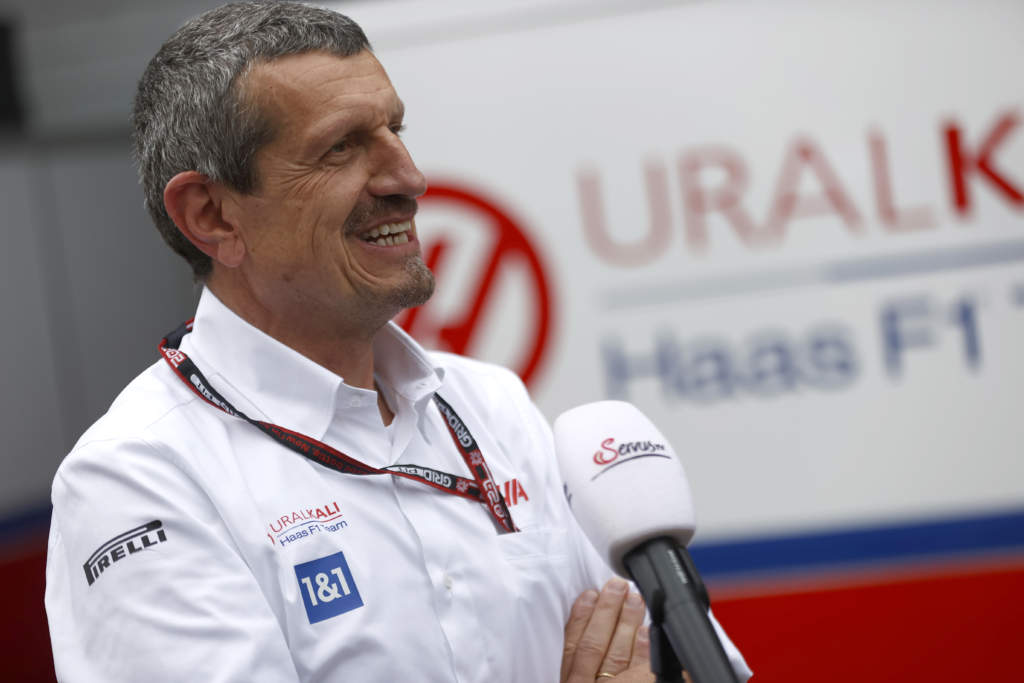
Mazepin disagrees. He’ll get a new chassis, at the same weight, for the Belgian Grand Prix after the summer break and while he’s not pinning hopes of a turnaround solely on that he clearly believes it will help.
“It’s a physical, mathematical difference,” Mazepin says.
“We as drivers are put in a position where we have to fight for 800 grams or a kilo of our weight, sometimes drinking a little bit less water, to make sure that you’re as light as possible for qualifying.
“And then obviously if you’re losing four kilos in the chassis it’s going to make a big difference in the long straights in every circuit like Paul Ricard or Austria.”
Mazepin is trying to keep his expectations in check, and rightly so as it’s unlikely to be transformative.
However, it will presumably be a help of some kind rather than a hindrance. Any kind of gain will boost the confidence of a driver who is clearly running low on it on-track, and sounding quite confused off it.







